I have a 2d space with multiple objects(Lets call them B). Lets say object A our automated actor, he moves in a specific path and he has to shoot only the objects it can destroy. The other objects might or might not move.
I need to find the direction that I should fire the bullet that will collide with the object B. The bullet is moving with a different speed that object A and it has a specific lifetime.

I've tried to solve it with Quadratic but I always get infinity, is this a wrong approach?
Vector3 vectorFromVictim = bullet.Position - victim.Position;
float distanceToVictim = vectorFromVictim.Length();
double victimSpeed = victim.Position.Length();
double a = bulletSpeed * bulletSpeed - victimSpeed * victimSpeed;
double b = 2 * vectorFromVictim.Dot(victim.LinearVelocity);
double c = -distanceToVictim * distanceToVictim;
float t = (QuadraticSolver(a, b, c));
if (float.IsInfinity(t))
{
return;
}
interceptionPosition = victim.Position + victim.LinearVelocity * t;
if (t <= bulletLifetime)
{
ShootAtDirection(interceptionPosition);
}
Edit: My QuadraticSolver is this
double d = Math.Pow(b, 2) - (4 * a * c);
if (d < 0)
{
return float.PositiveInfinity;
}
float t;
if (d == 0)
{
t = (float) (-b / (2 * a));
if (float.IsNaN(t))
{
return float.PositiveInfinity;
}
return t;
}
t = (float) ((-b - Math.Sqrt(d)) / (2 * a));
float t2 = (float) ((-b + Math.Sqrt(d)) / (2 * a));
if (t < t2)
{
return t < 0 ? float.PositiveInfinity : t;
}
return t2 < 0 ? float.PositiveInfinity : t2;